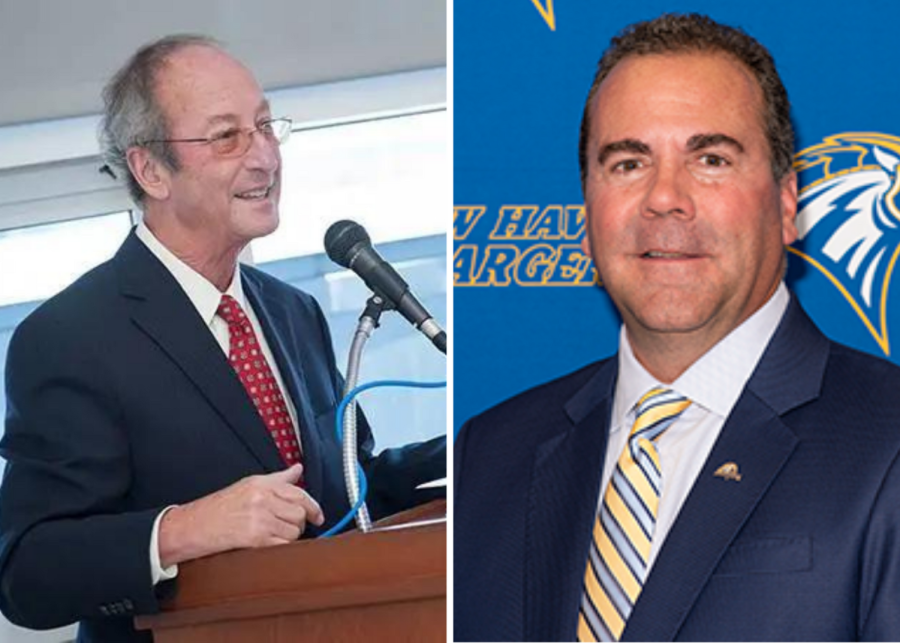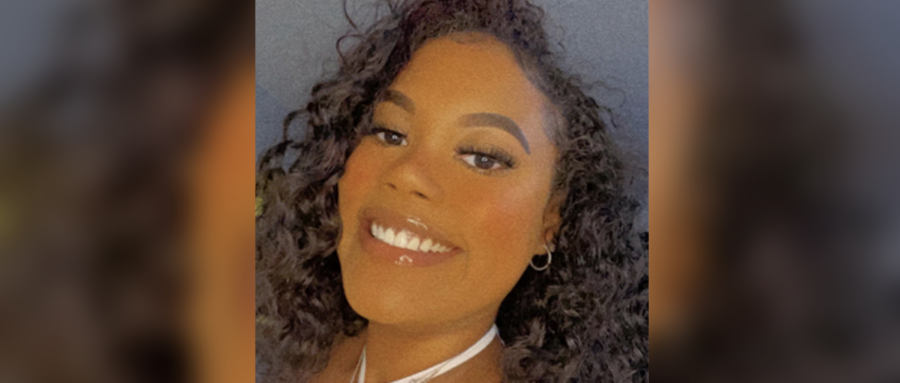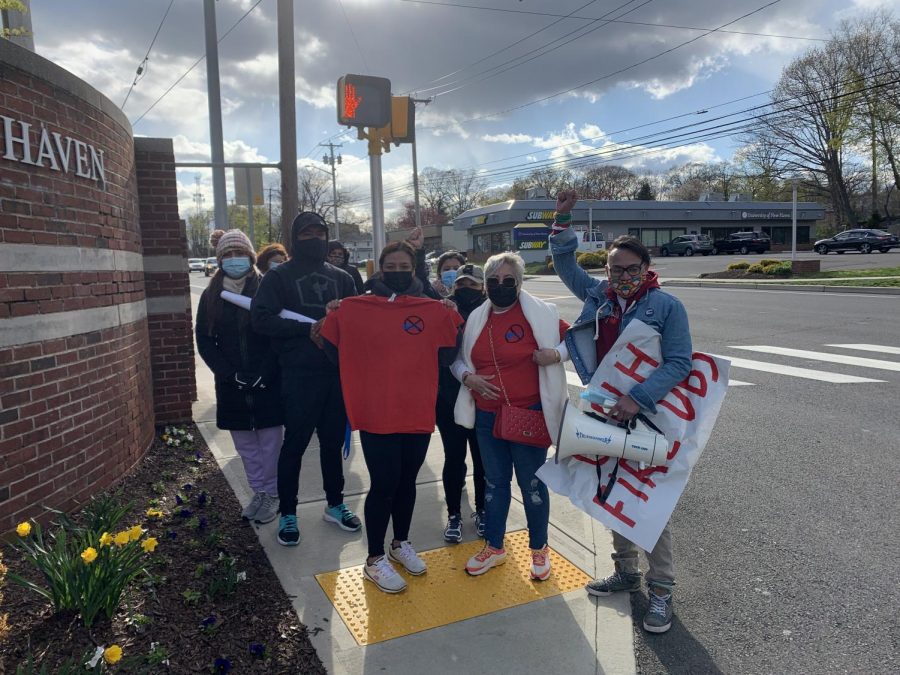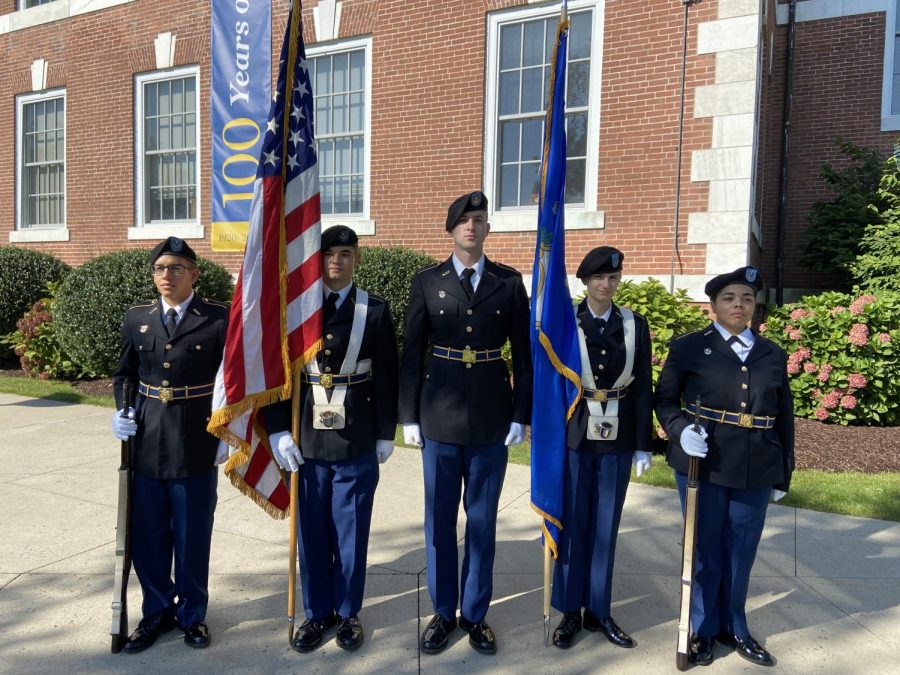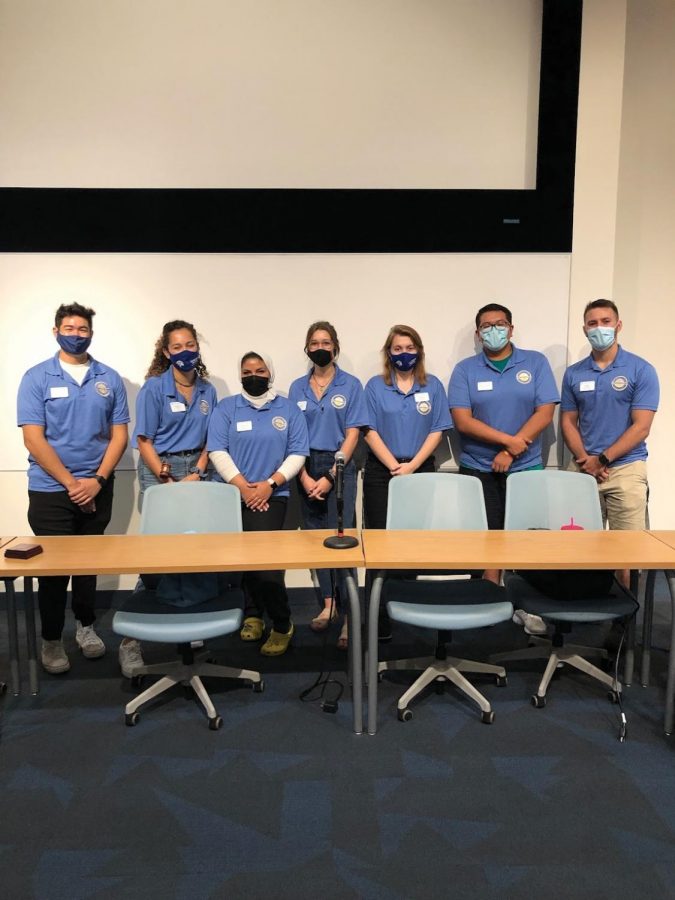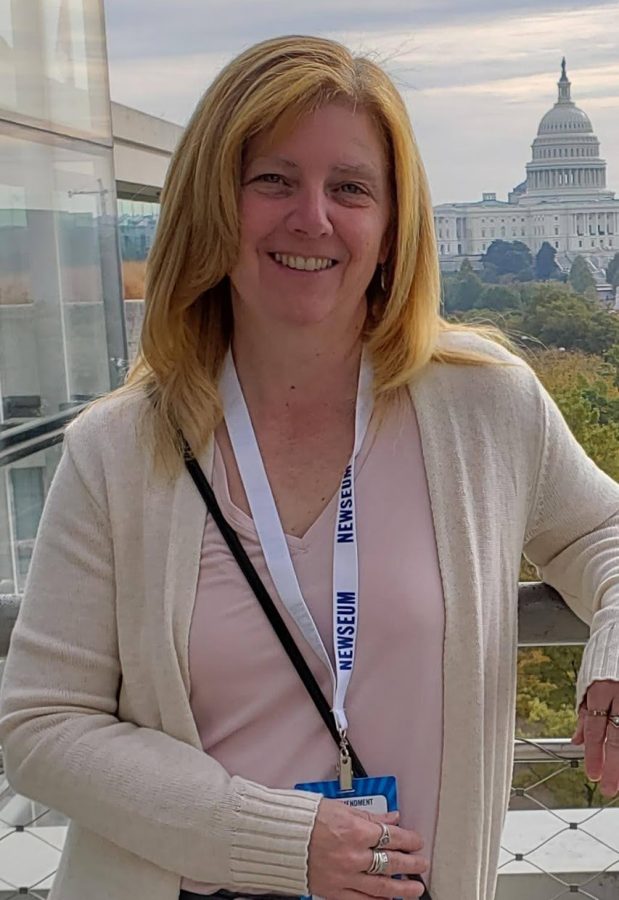Out of dozens of skills that can be considered essential for a future career, none seems as vital as the ability to cooperate with other people. No matter what field one goes into, talking and communicating with colleagues is essential to planning and resolving tasks.
On Wednesday, Nov. 14, UNH’s LEAD program held a session in the Alumni Lounge for anyone looking to build his or her leadership skills. The event was run by Shelissa Newball, a coordinator of the LEGOs program on campus, a four-year process in which students learn how to incorporate Leadership Skill Building, Experiential Education, Career Exploration and Community Engagement in their college experience.
She was looking to develop a “lunch and learn” event, which does not have to be singularly for LEAD and LEGOs participants. Along with food and drinks, Newball also brought complementary notebooks and folders for the students.
The program featured guest speaker Trish Kelly, whose specialty is human resources; her colleague regards her as a “leadership expert” as she studies how to increase affectivity of teamwork.
To start off, Kelly showed students a PowerPoint presentation which included the definition of a team, when to use team consensus, and attitudes and characteristics of effective teamwork. She wants students to recognize that the teamwork process takes time and includes four necessary stages: forming, storming, norming and performing.
Forming is the stage where team members get to know each other and establish tasks and goals. Storming involves competing for team roles and taking positions on various issues. Resolving problems and developing trust mark the third stage, known as norming. Finally, during performing, members make contributions and are motivated by results.
Students certainly recognized the effectiveness of the program, too. “This gave us a unique opportunity to not only discuss practical leadership techniques, but to apply them in a team environment. It was a worthwhile, enjoyable experience,” freshman Josh Howard said.
Following the presentation, Kelly had students dive into an activity in which they wrote down their perceived strengths, weaknesses and obstacles. From here, she divided students into three groups of four and had them work as a team to create what they believed would be the ideal team member.
Students worked to draw a person as a visual aid. One example was “Sally Smiles-A Lot,” which included a background story on the character and what skills she possessed to be effective on a team. Students were able to draw from their own strengths and weaknesses, both to cooperatively work on the project and to describe the ideal team member.
Coordinator Shelissa Newball hopes to have similar programs in the future. She is even thinking of even breaking the sessions up with beginner and advanced leaders. Her overall goal is “for students to meet leaders and engage in discussions,” with the programs serving as a networking and communication opportunity.
She wants students “to see the benefit of involvement” over time and how their skills are building.
No matter the major, academic level, or future plans, students should be on the lookout for more leadership-oriented events. All that is required is interest and enthusiasm.



